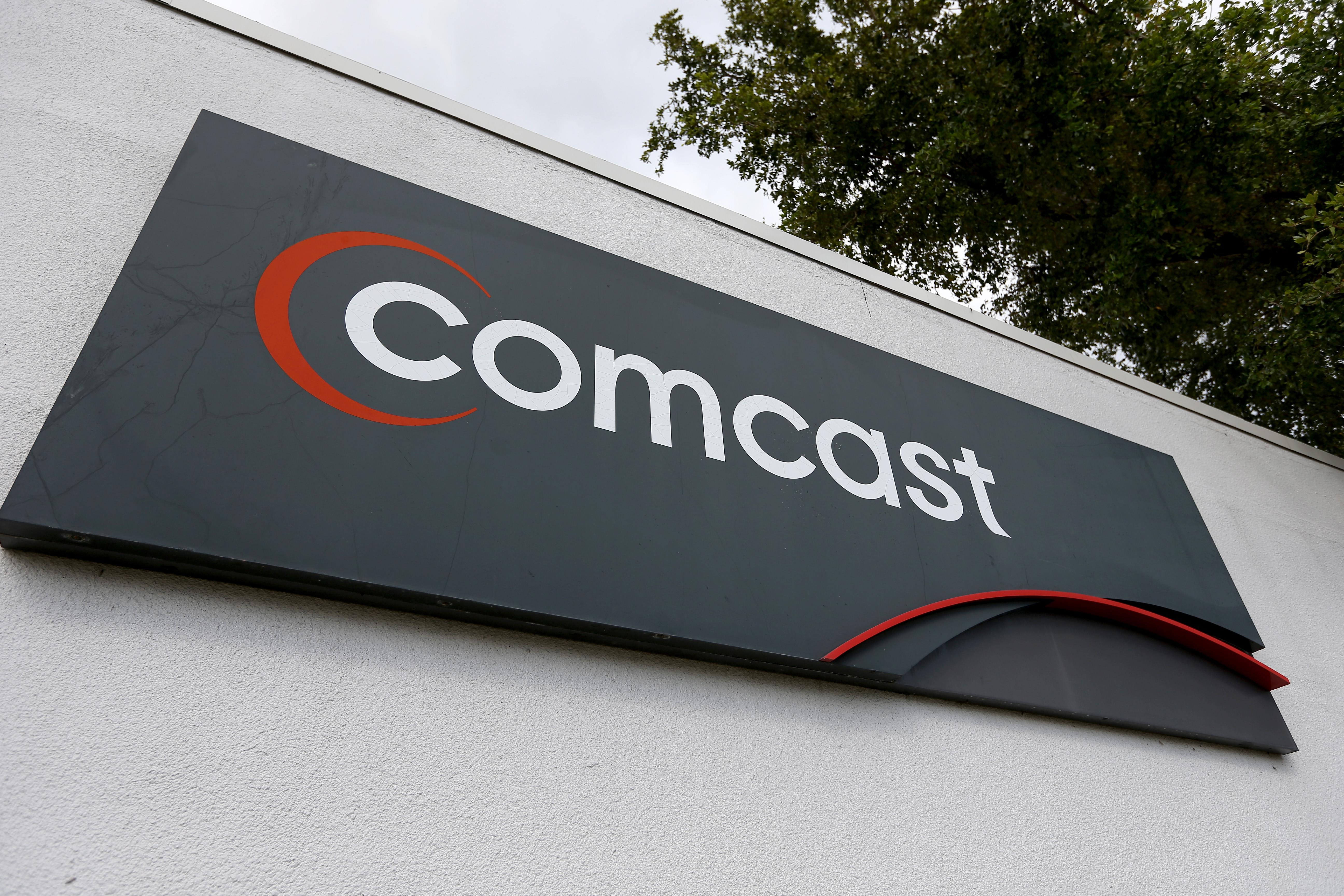As a broadband or cable subscriber, you’re probably thinking that you should be able to access online video content without your Internet service provider’s—or cable provider’s—permission. Yet this simple feat is proving ridiculously difficult for Comcast subscribers. Comcast is unique among large ISPs and cable companies because it can use its size and content ownership to undermine online video competition in creative, infuriating ways. And it’s the dearth of protections supporting the online video market that allows Comcast to get away with it.
Strong net neutrality rules prevent Comcast the ISP from blocking or throttling online video competitors. But Comcast the cable company has multiple tricks up its sleeve to stifle online video competition.
Comcast’s scope and power enable it to refuse to sell its own video programming to other online video providers, including Netflix. This is despite agreeing to an ineffective NBC merger condition designed to prevent this behavior. Comcast, as the largest distributor of video programming, can use its leverage in negotiations to put restrictions on the online availability of even someone else’s programming. If that’s not enough, Comcast also controls the largest base of broadband subscribers in the United States, giving it a negotiation advantage over Internet-backbone companies that want to connect to its networks. Indeed, the sheer size of Comcast means it can grow only by disadvantaging its competitors to maintain video dominance—and it’s not afraid to do so.
Case in point: That HBO Go app that launched March 3 for the PlayStation 4? Not happening for Comcast Xfinity subscribers who pay for HBO. If you try to access HBO Go on a Comcast Internet connection using Verizon-provided credentials, you can. But if you try to access HBO Go on a Verizon Internet connection using Comcast-provided credentials, you can’t.
One of the less understood ways that Comcast is able to direct the future of online video is through its control of “authentication.” A lot of online video apps like HBO Go have traditionally been of little use to cord-cutters because they’re tied to regular pay-TV subscriptions. To use these services, you need to log in with credentials obtained from your cable provider. This means that your cable company determines what online video app you can access on any particular device. Most pay-TV providers authenticate these apps as a matter of course—their customers are paying for service, and accessing these apps is part of the service they’re paying for. But not Comcast.
Comcast prefers to refuse its customers access to particular apps on particular platforms. In March 2014, it was discovered that Comcast had previously blocked people with Rokus from accessing HBO Go and Showtime. There is no technical reason for this—Comcast customers with other devices could access those apps, and non-Comcast subscribers could access those apps on a Roku. Comcast just decided, for whatever reason, that they would rather their subscribers not use some apps on some devices. Given the scrutiny Comcast’s practices are under during its Time Warner Cable merger review, it’s not surprising that in November 2014, the company finally allowed its customers to use those apps. (Funnily enough, Comcast also refuses authentication to Hulu, too, even though it shares Hulu ownership.)
When we asked Comcast for comment, a representative sent us this statement:
Xfinity customers who subscribe to HBO currently have access to the full HBO library via their set to box, or via Xfinity TV Go platforms across devices. We also currently authenticate more than 90 networks across 18 devices (and we authenticate HBO specifically on many third-party devices including Apple TV and Roku) so there is no shortage in the number of ways for our customers to access their content across the devices and platforms of their choice.
Unless, of course, customers want to access HBO Go on a PlayStation 4. There’s just no mention about why Comcast is blocking the app or word on when that might change. We can only speculate as to Comcast’s motives based on previous behavior. It may be that Comcast is so much bigger than other cable companies that it’s just slow-moving. It’s much more likely that Comcast would prefer people watch traditional video and use Comcast-supplied set-top boxes instead of third-party equipment like PlayStation 4s. It might also be that either Comcast or HBO isn’t willing to pay to access the other’s customers. Whatever the reason, the effect is clear: Comcast customers are restricted in how they can watch video content in ways that customers of other companies are not.
There are several ways to solve this problem, but the best option is to extend the competitive protections some video providers already enjoy to online video providers. We can ensure that online video becomes a standalone alternative to the traditional cable bundle by dropping authentication through existing cable providers entirely. We can promote a competitive market for pay-TV set-top boxes to allow consumers to watch HBO Go and even pay-TV content on the device of their choosing. Another obvious solution is for the Federal Communications Commission and the U.S. Department of Justice to block Comcast’s acquisition of Time Warner Cable, which would prevent this problem from spreading.
No one is saying that entering the online video market is impossible, but incumbent companies like Comcast have proven that they’re willing to use every trick they can to preserve their dominance when faced with competition. These tricks can take many forms, from the big (consolidation via megamergers) to the subtle (denying the authentication process). Only more online video competition will solve this problem, but in the short term, Comcast’s behavior around authentication is just another reason why it should not be permitted to expand its reach by buying Time Warner Cable. Things are already bad enough.
